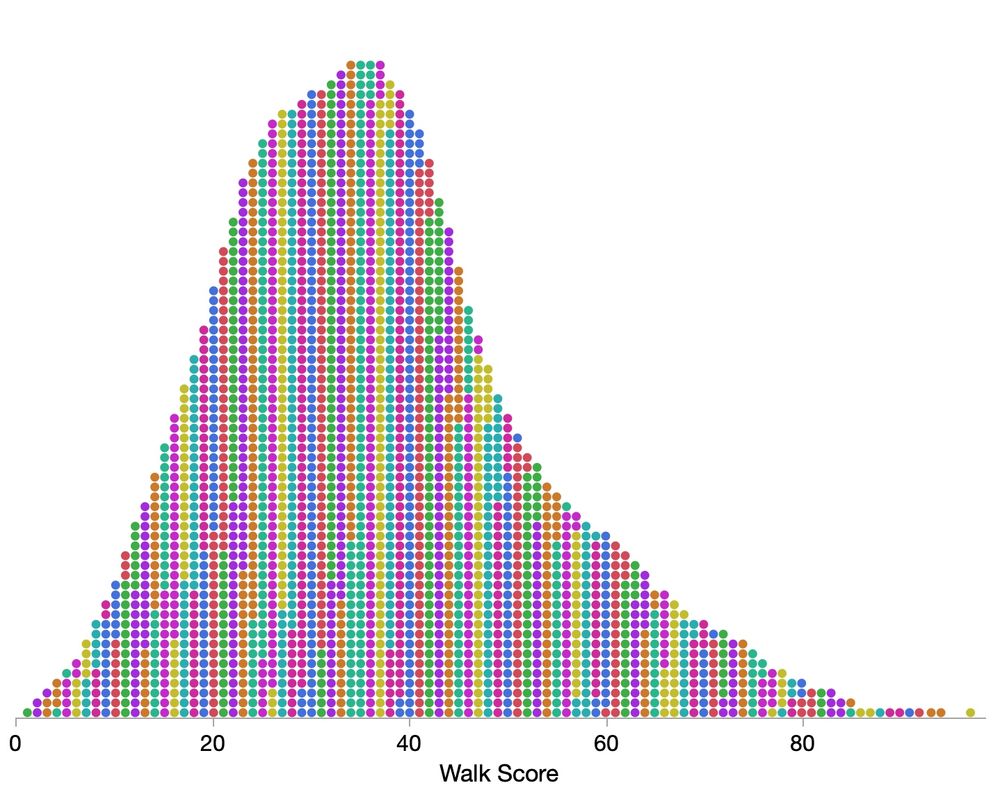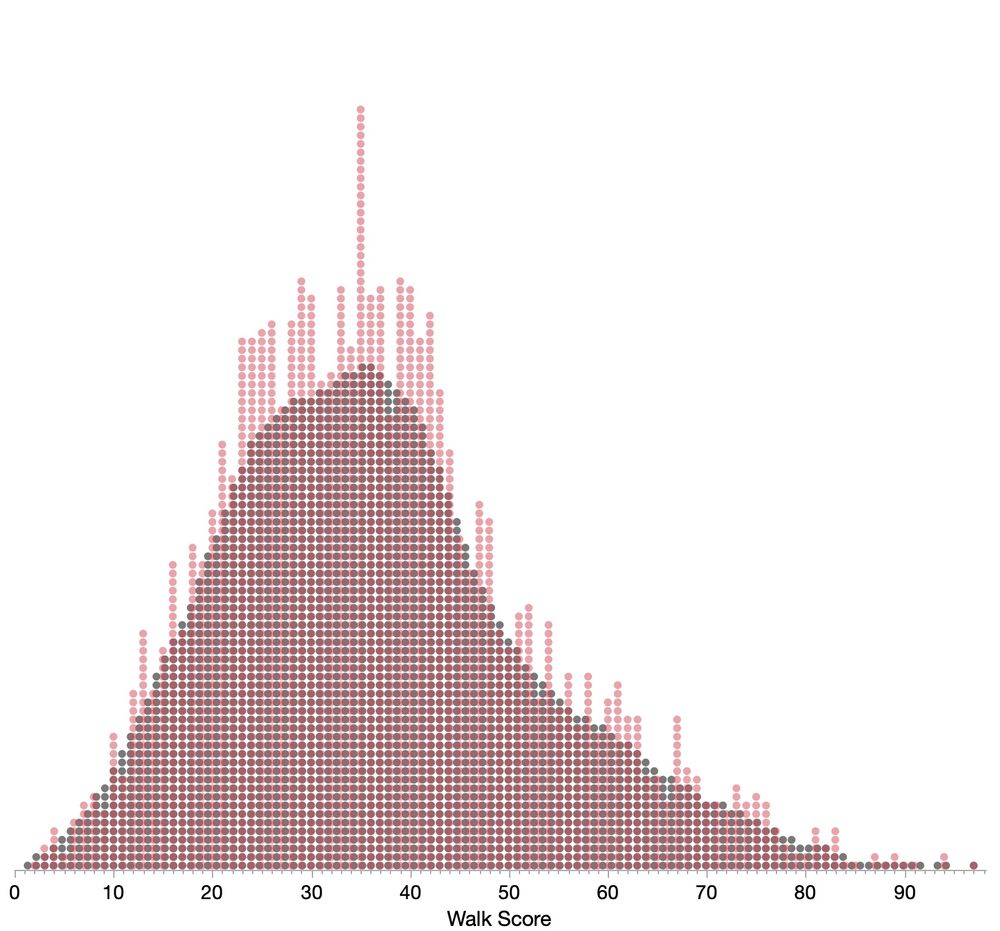




The datasets and code have been escrowed with the publisher (checksum xxx). They will be shared upon request to the corresponding author cc publisher for the following purposes: x, y, z. If no response within n days, notify the publisher and the paper will be retracted.
The datasets and code have been escrowed with the publisher (checksum xxx). They will be shared upon request to the corresponding author cc publisher for the following purposes: x, y, z. If no response within n days, notify the publisher and the paper will be retracted.
2. Author becomes unavailable (retire, get busy, ...)
3. No definition of reasonable.
4. No way to verify that any supplied data is the actual data.
5. The supplied data may not be complete.
6. No penalty for breaking promise.
2. Author becomes unavailable (retire, get busy, ...)
3. No definition of reasonable.
4. No way to verify that any supplied data is the actual data.
5. The supplied data may not be complete.
6. No penalty for breaking promise.


He's a control charts expert, which explains the sequence-based context and small data sizes.

He's a control charts expert, which explains the sequence-based context and small data sizes.

